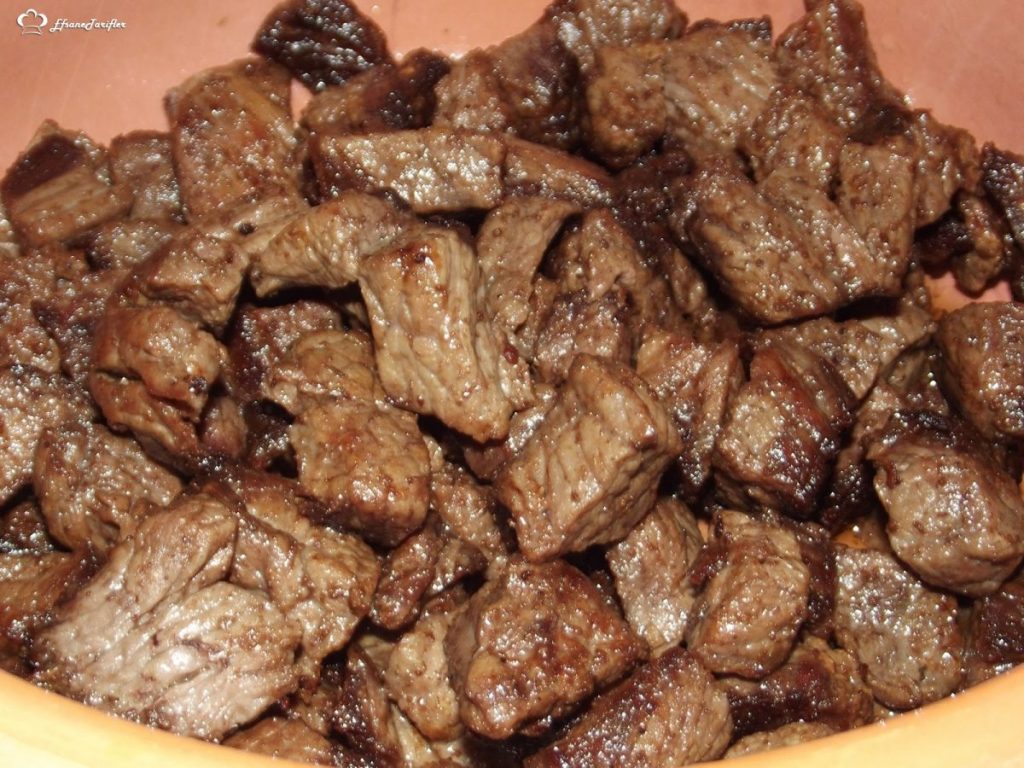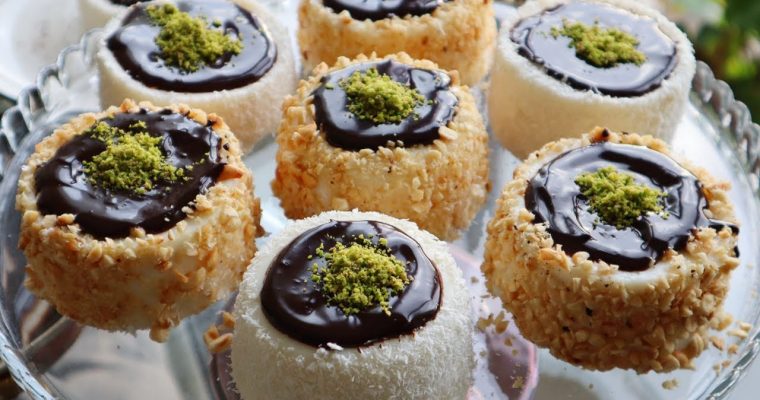At the time writing, there only 12 days are left in Eid-ul-Adha. Along with its religious values, Eid-ul-Adha is a great celebrations for the Muslim world. Fantastically, Turkish cuisine is full of delicious meat dishes that have been prepared all over the world. You can get the best Turkish Testi Kebab recipe in our Turkish spicy box which is one of delicious Eid-ul-Adha recipe straight away from Turkey. However, this article will provide you the best way of making Turkish Kavurma. Kavurma’ is the process of cooking a certain sort of meat in its own juice, along with a few other seasonings, in a thin metal pan.

It is common to sacrifice an animal, and the ensuing meat is generally plenty; nevertheless, even if you don’t have one slaughtered, meat costs in general decrease slightly, giving it an excellent opportunity to store up or indulge in some tasty recipes.
Turkish Kavurma: A Traditional Way of Storing Meat
Cooking meat in its own juices and fat has been a method of preserving meat for generations, and given the Turks’ nomadic background, it is no wonder that they improved it over time. While many people make this meal to eat right away – after all, who can resist wonderfully cooked meat?
It may be stored for several months. The consistency and characteristic of a wonderful kavurma, at least according to Turks, is when it melts in your tongue like lokum, often known as Turkish pleasure in English.
First a 30-Minutes Recipe:
There are two traditional ways to make Turkish Kavurma. One is for immediate use and other one is for preserving meat for a long time. The beauty of this Turkish dish is that you can use it with multiple variations. However, for 30-minutes recipe all you need is to get 500 gm meat (or as per requirement), 1 onion, animal fat, salt and paper.
Cut the meat into tiny pieces and braise it in a steel saucepan until the juices come to the surface. Teflon will simply make the meat smell terrible, and when the heat is high enough, the meat will not stick to the steel pot at all. Once the liquids have boiled off, cut the onions and put them in with the meat, along with some of your preferred fat, and simmer for three to four minutes. Add the water, reduce the heat to low, and leave to simmer with the lid covered. The flesh should soften within 30 minutes of cooking, although this may vary depending on the animal and how long it rested before cooking.
For Later-Use Recipe:
You can get the related ingredients in the following recipe card. Here are the overview of Turkish Kavurma Recipe instructions.

Before adding the meat, heat up a steel saucepan. Then, stirring occasionally, braise it until it releases its juices. The fluids will form foam, which you will want to remove with a spoon or ladle. The more you can get rid of, the better. Close the cover and simmer the meat for 40-45 minutes on low heat to cook down the liquid. If the meat’s liquid is insufficient to cook it thoroughly, you may wish to add a little water. When the meat is done, season with salt to taste.

Slowly melt the animal fat in a separate saucepan. Some individuals swear by tail fat, however it is not required. Remove any non-fat parts from the saucepan. Then pour this over the meat and simmer for another two to three minutes. Turn off the heat and set the beef mixture aside for 5 minutes to rest. It is now up to you to place it in any container you like. It is recommended to make it spherical in Turkey, thus many people cut the neck of a plastic bottle, pour the mix, and let it cool to room temperature. Refrigerate it overnight after thoroughly covering it with a plastic bag or something similar. The next day, take it from the container and cut it into desired amounts. Pack the servings and freeze them for as long as you like (but not for years!).
How You Can use Preserved Kavurma?
You may use this meat in any meal that would benefit from meat. One of my favourites is to take a thin slice of beef and first melt off the surplus fat (to be utilised in other dishes) before cracking a few eggs over it. You can make a protein-rich and tasty breakfast with little effort, which is especially useful if you have friends around.

Another option is to freeze the meat and reheat it on a skillet before serving with rice. To make the presentation more elegant, moisten a small bowl and pour a few spoonfuls of the meat into it. Now sprinkle with rice and push it down slightly. Turn the dish upside down to create a neat and tidy presentation.

But why restrict yourself to that? You may add some acidity to the mix by roasting some onions, peppers, and even tomatoes with the meat. Cooking them in the fat of the meat gives it an additional edge, and if seasonings are added to taste, you can serve this with almost anything as a side. Cooked potatoes, while not traditionally Turkish, are excellent for soaking up the liquids released by the veggies.
For Recipe Video Click Here
For More Turkish Recipe Click Here
Turkish Kavurma Recipe
Cooking meat in its own juices and fat has been a method of preserving meat for generations, and given the Turks' nomadic background, it is no wonder that they improved it over time. While many people make this meal to eat right away - after all, who can resist wonderfully cooked meat? - it may be stored for several months. The consistency and characteristic of a wonderful kavurma, at least according to Turks, is when it melts in your tongue like lokum, often known as Turkish pleasure in English.

Ingredients
- 1 & 1/2 Kg Beef, Cuts in Small Cubes
- 400 g animal Tail Fat
- Salt (Per Taste)
Directions
- Step 1 Warm the lamb fat in a big pan (sac, wok, or cast iron pan) over medium heat until it begins to liquify.
- Step 2 Cook, stirring periodically, until the fat is reduced to tiny pieces. Increase the heat to high and add the diced lamb.
- Step 3 Cook the lamb for 8-10 minutes, stirring constantly, over high heat. Allow it to expel its water and absorb it again.
- Step 4 Cook for a minute after adding the cumin, freshly ground pepper, paprika, and thyme.
- Step 5 Sauté the sliced onions and peppers with the meat for a few minutes over high heat.
- Step 6 Cook until the tomatoes, together with the tomato paste, are somewhat soft.
- Step 7 Add the salt, mix well, and serve hot over Turkish Rice (Sehriyeli Pilav) or Bazlama (Turkish Bread).





